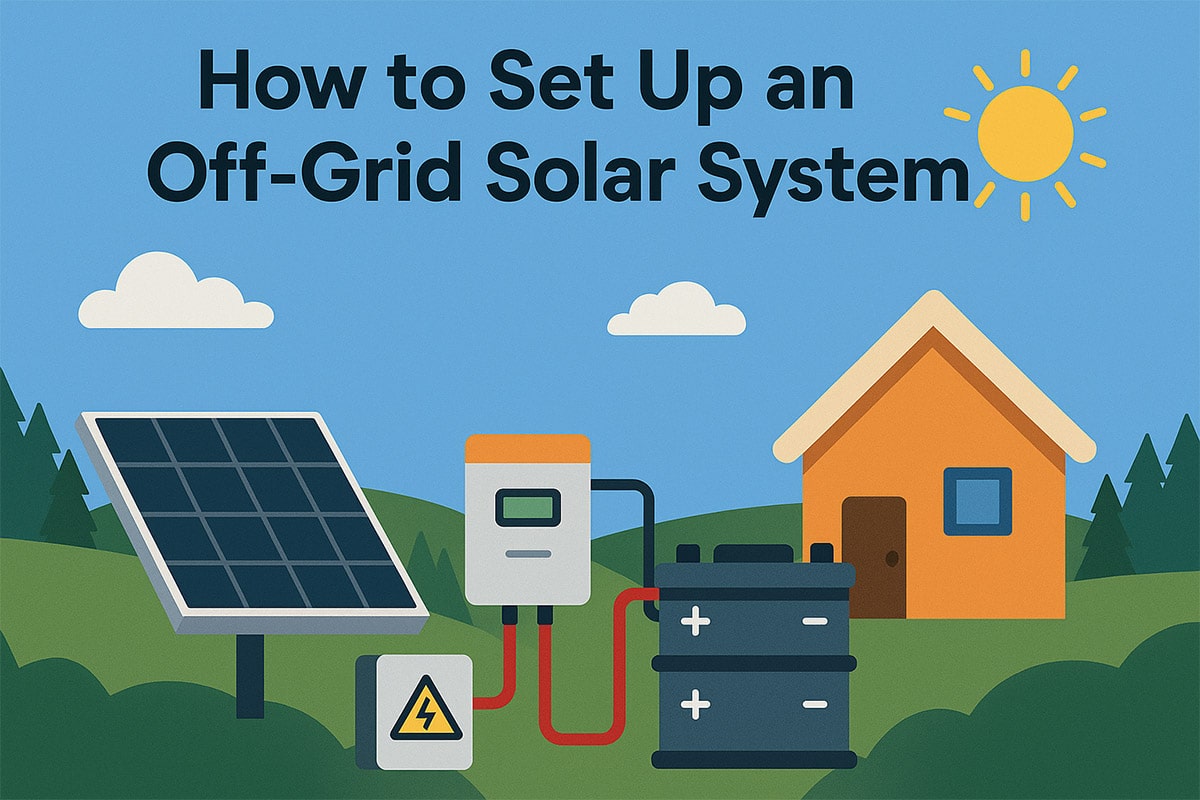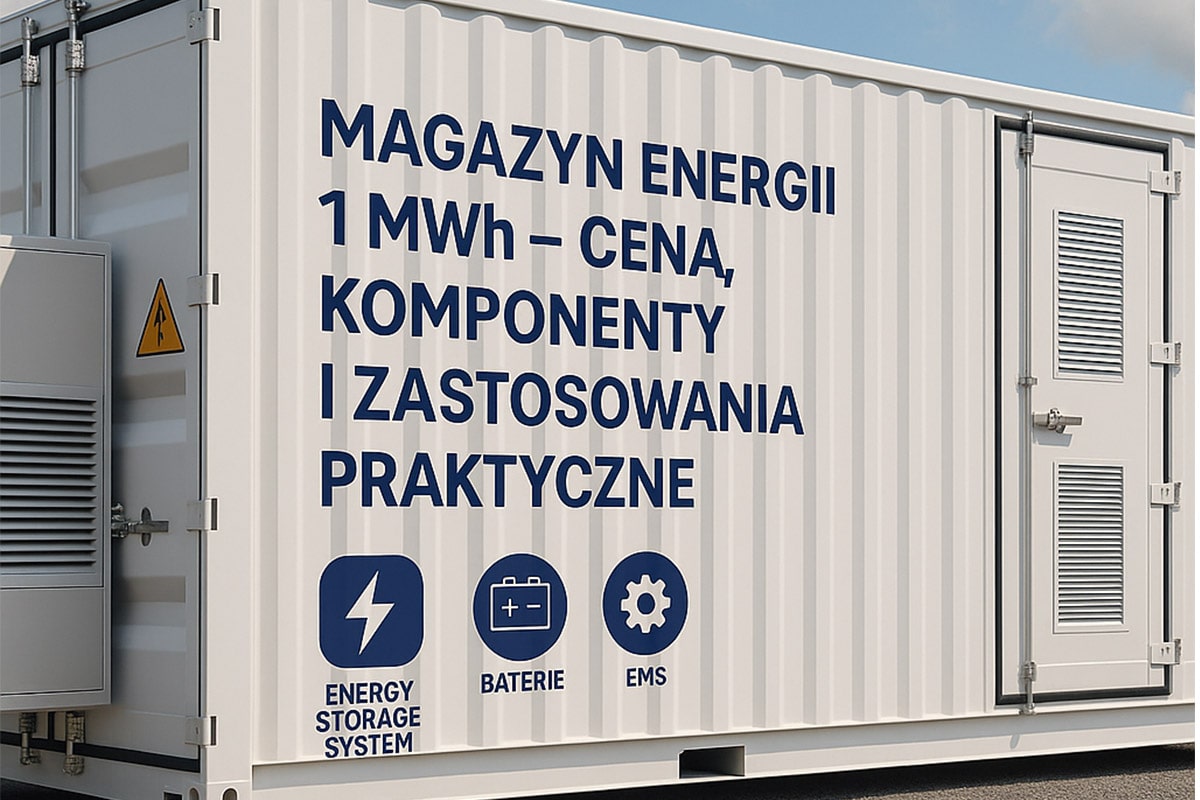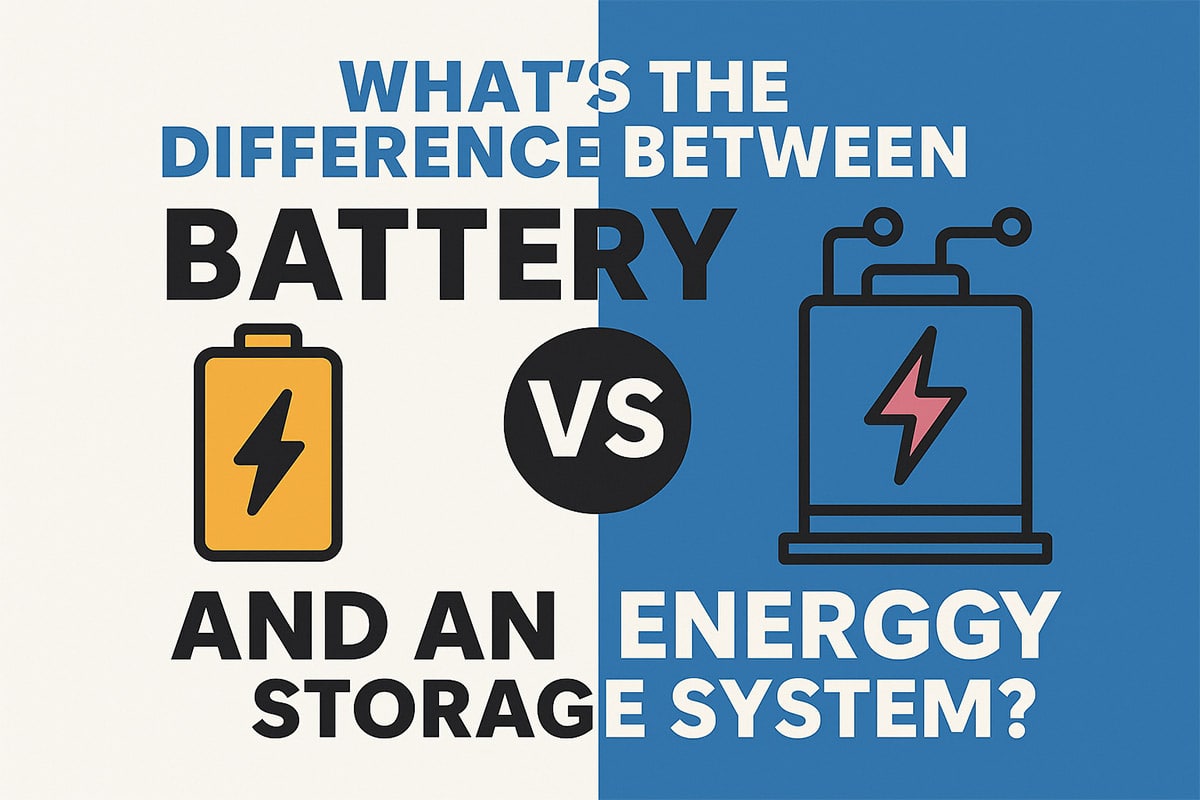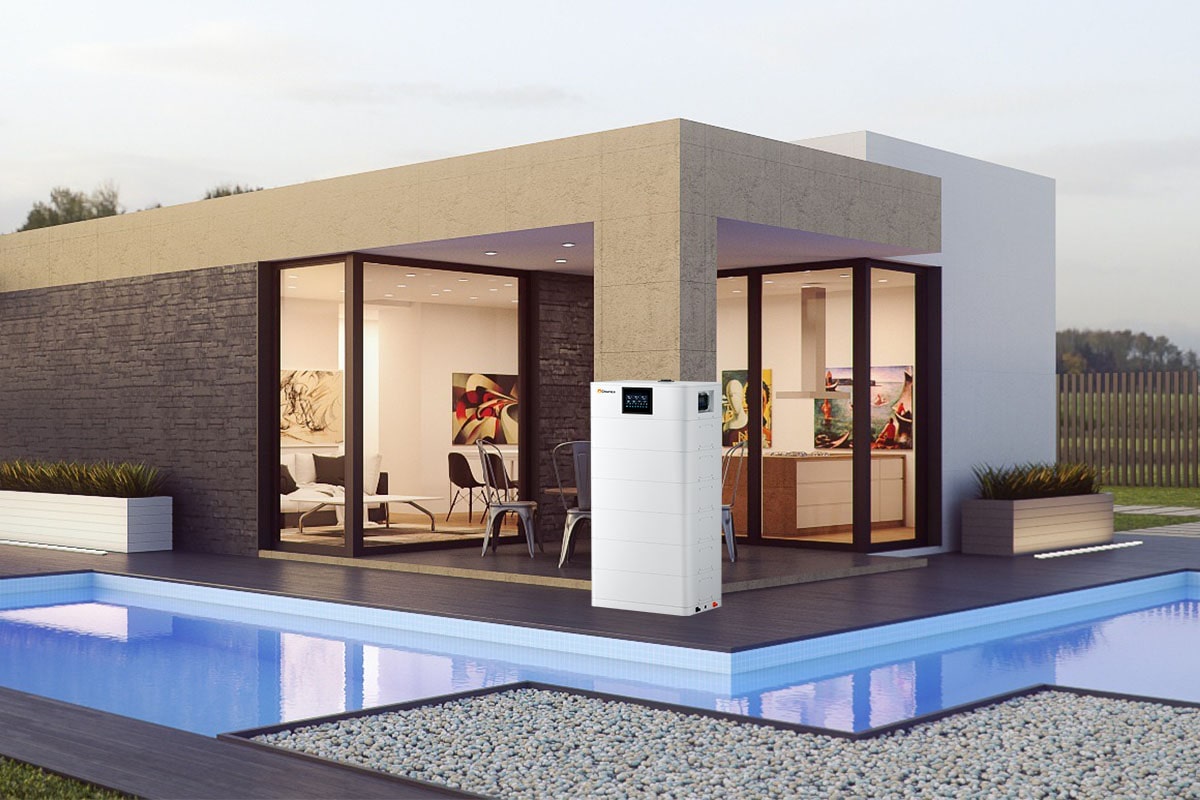What Does Bipv Mean What Does the Bipv Concept Mean
What Does Bipv Mean What Does the Bipv Concept Mean
Bipv belongs to distributed photovoltaic, because it combines with buildings to generate electricity, it brings a huge space for energy imagination. As the most potential subdivision of distributed photovoltaics, bipv has high reliability and economy. It is also the most potential distributed photovoltaic system with huge development potential in the future. Today we will introduce in detail what bipv means? What does the bipv concept mean?
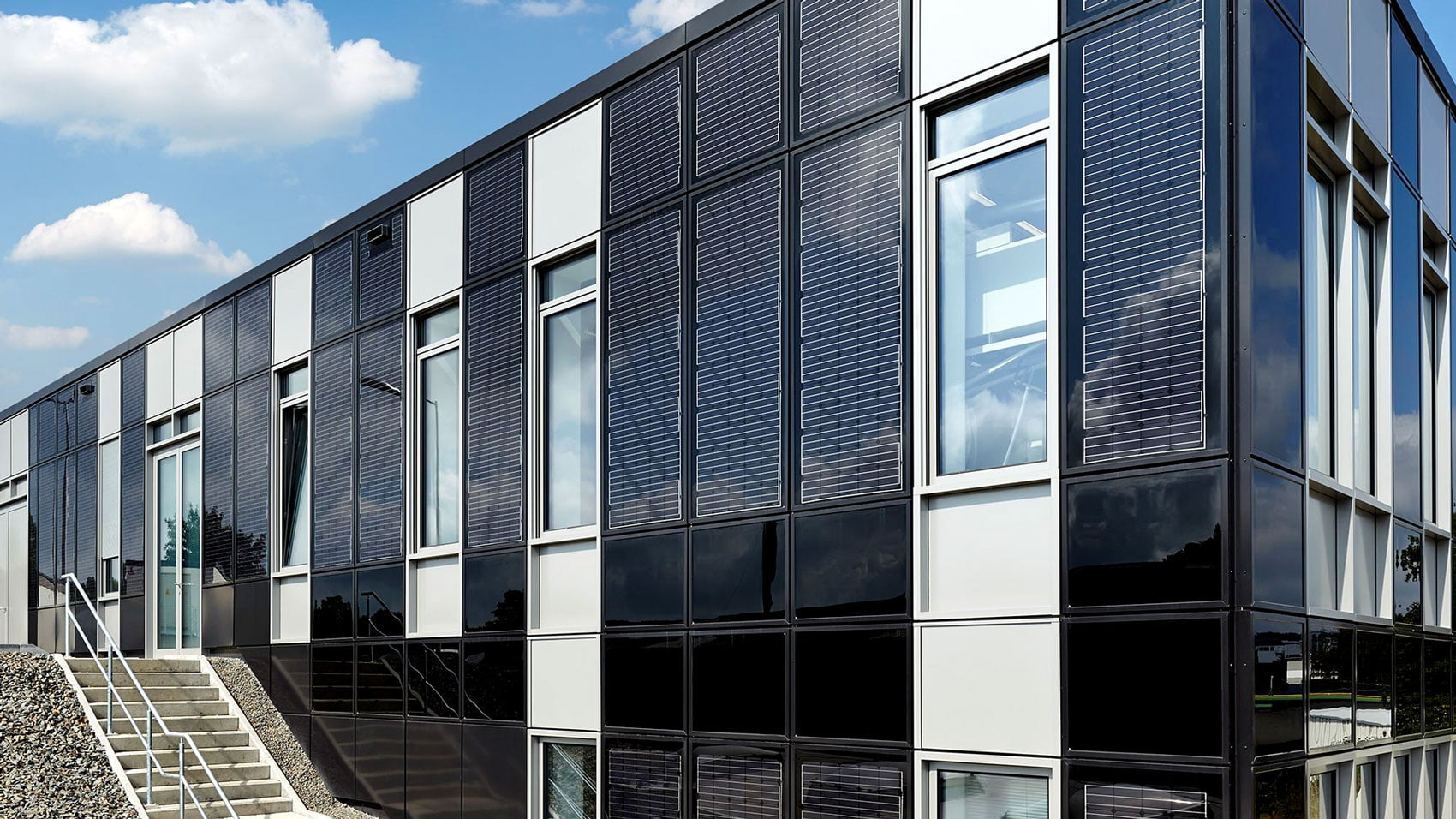
1. What does bipv mean?
BIPV is the abbreviation of “Building Integrated Photovoltaic” in English, which is a technology that integrates solar power generation (photovoltaic) products into buildings. It originated in the 1960s, and then benefited from the popularization and development of the photovoltaic industry and the society’s attention to carbon emission reduction in the construction industry, bipv has gradually become one of the important application technologies in the field of green buildings.
BIPV can be divided into two categories: one is the combination of photovoltaic arrays and buildings; the other is the integration of photovoltaic arrays and buildings. Such as photovoltaic tile roof, photovoltaic curtain wall and photovoltaic lighting roof. Among these two methods, the combination of photovoltaic arrays and buildings is a commonly used form, especially the combination with building roofs.
2. What does the concept of bipv mean?
BIPV is a product that integrates photovoltaic power generation technology into buildings. The concept of bipv refers to a combination that uses bipv as the theme and includes stocks of the same type as stock selection objects. BIPV concept stocks include LONGi, Suntech Power, Tus Design, Yongqing Environmental Protection, Xiuqiang, Ruihe, Mingyang Intelligent, Tuori Xinneng, Southeast Grid, Linyang Energy, etc.
3. Advantages of bipv
Clean energy, green and environmental protection, reducing carbon emissions;
It helps to reduce construction costs and make buildings more technological;
Meet the lighting requirements of buildings, which is safer than installing photovoltaic panels directly;
It can effectively reduce building energy consumption and realize building energy saving;
Meet the requirements of architectural aesthetics and improve its practical value and aesthetic value;
It can reduce electricity bills and minimize the increase of energy costs;
Reduce the temperature rise of the wall and roof, significantly improve the insulation performance of the roof, and reduce the use of indoor refrigeration equipment;
It can be combined with batteries to store electric energy.
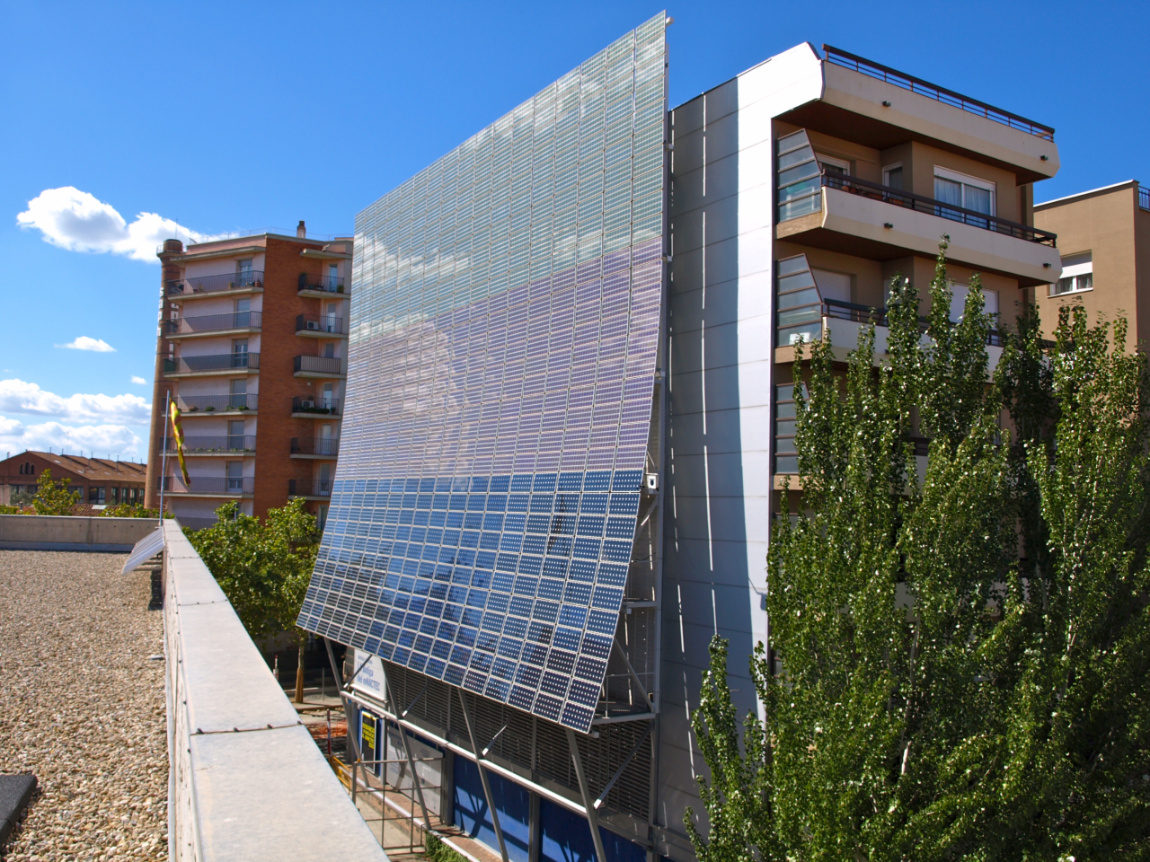
4. The difference between bipv and bapv
The concept of bapv (building attached photovoltaic) is mainly to distinguish it from BIPV. In fact, bapv is a rooftop distributed power station whose simple variant has been developed over the years.
The biggest difference between bipv and bapv lies in the deep integration of photovoltaics and buildings. In essence, bapv has more prominent power station attributes. Although the BIPV module has photovoltaic power generation performance, its basic property is a building material. Therefore, in addition to power generation performance, building standards and property rights division are the main issues facing BIPV.
However, due to the prominent building material properties of bipv, its application scenarios in construction are also relatively rich. In addition to flat roofs, sloping roofs, and curtain walls that can also be used by bapv, the bipv photovoltaic mounting system can also be installed on transparent daylighting roofs, sunshades and other application scenarios. From the point of view of product characteristics, bipv has obvious advantages for new buildings in terms of cost and aesthetics. For existing buildings, bapv and bipv have their own advantages and share the market.
5. Application fields of bipv
BIPV is mainly used for building walls or exterior walls, awnings for building parking lots, roofs for sloping roof buildings, and roofs for large buildings. It can also be used in personal residences, commercial buildings, schools, hospital buildings, airport subway stations, and platform buses. It can also be used for large factory and workshop facades.
The above is a detailed introduction of what bipv means. With the continuous maturity of photovoltaic power generation technology, the continuous improvement of photovoltaic glass tempering technology, and the running-in of component factories and building material factories, in the long run, bipv is a decisive development direction in the field of photovoltaic building integration. In recent years, with the continuous decline in the cost of photovoltaic modules, the era of parity is approaching, and the economy of bipv has become prominent.

